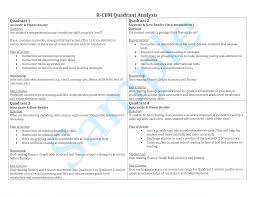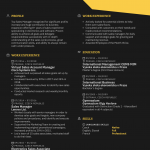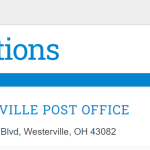Improving Oral Reading Skills
If you have been thinking about improving your oral reading skills, there are a few things you need to know. First, you need to assess your reading fluency and proficiency. One way to do this is through a web application called Read2Think. This application measures both reading fluency and generalization in reading.
Read2Think is a web application that assesses reading fluency
Read2Think is a web application created to improve the reading fluency of young readers. It features stories written at the child’s current reading level and also provides teachers with valuable data to evaluate their students’ progress. Students are encouraged to read the stories aloud to help them improve their reading fluency. The application also includes a tool that allows teachers to upload their own passages. Students are able to see how many words they read correctly and how many words they miss or mispronounce.
Read2Think is a free tool that helps educators assess the fluency of their students. It is particularly useful for teachers who want to make the best use of their time and are concerned about their students’ reading proficiency. In addition, the program is appropriate for struggling students learning English as a second language. It can be used both online and offline. The tool can also help teachers keep track of student reading and recording habits.
MAP Reading Fluency is another free tool. This assessment is an online reading program that measures foundational literacy skills and emphasizes oral fluency. It can be used to assess students as young as kindergarten through grade eight. The program reports grade level expectations for English and Spanish reading skills up to third grade.
Repeated oral reading
Repeated oral reading is a technique designed to increase students’ reading fluency. It’s suitable for students who have already developed some word-reading skills but have not yet reached reading fluency appropriate for their grade-level. This method consists of having the student read a passage at least three times and correcting any errors. The teacher selects a passage that contains between fifty and 200 words.
During each Repeated Reading session, students should set specific goals. A clear goal helps the reader stay on track and focus their efforts on meeting the goal. They can use the “Oral Reading Fluency Goal Setting Template” or a projector to set goals. They should also reflect on their oral reading during previous practice sessions. During these sessions, students should identify what they did well and what they need to improve.
Repeated oral reading improves reading fluency and speed, as well as accuracy and comprehension. The technique also reduces errors. It also helps students feel more confident when they try to read on their own. It’s also helpful for struggling readers in higher grades. If your child is struggling to read, repeated oral reading can help them succeed.
Repeated reading is also useful in classrooms with small groups of students who are similar in reading levels. By practicing reading aloud with their peers, they can improve their oral reading skills and develop a fluent reading style. Another repeated reading technique is echo reading, which involves following along with the teacher’s finger movements while he or she reads a passage. The students then echo what the teacher reads and repeat the process a couple of times.
High frequency sight words
To improve your child’s oral reading skills, you can add sight words instruction to your phonics lessons. This is a great way to get your child familiar with high-frequency words. When teaching sight words, you should only introduce one or two new words at a time. Use five teaching techniques to make learning sight words more effective.
The intervention consisted of 12 15-min teaching units over three weeks. Performance scores were graphed after each session. The intervention was effective for struggling elementary students. It is unlikely to overburden at-risk students with too many sight words at once. Once students have mastered these words, they can then use them in decodable sentences. Depending on the reading materials and student responses, teachers can add more words to the list of sight words taught.
In addition to improving reading fluency, sight words also help children build confidence. When a child can recognize half of the words in a sentence, he or she is more likely to keep reading. This confidence helps children overcome the feeling of frustration and discouragement they experience when learning to read.
In addition to reading materials, there are also sight word games students can play. These games are engaging for students and can boost their reading fluency and comprehension.
Cooperative goals
Cooperative goals for improving oral reading skills have been demonstrated to improve students’ retention and learning. By forcing students to verbalize their ideas, cooperative learning helps students develop clear concepts and embeds the thought process in their memory. This concept is supported by Vygotsky, who states that verbalization is an essential part of problem solving.
Cooperative learning exercises can also be used to develop teamwork and conflict resolution skills. Students divide into pairs with one member acting as an explainer and another as an accuracy checker. Once one problem is complete, members switch roles. Then the group reforms and begins again with a new problem. If there are any disagreements, the group reassesses the problem and comes to a consensus on the solution.
RT
RT has a number of potential benefits for students, including improved reading and writing fluency. Improving oral reading skills through RT can be effective in improving the oral fluency of Chinese students. The technique involves a combination of arts and language activities, and is especially useful in rural areas where language is not widely spoken.
The intervention includes explicit modeling of fluent reading, multiple opportunities to independently read texts, and established performance criteria for increasing text difficulty. The goal is to increase fluency and comprehension while still preserving comprehension. It also targets the decoding skills of students who may be struggling with oral reading. However, the interventions are most effective when applied within a context of improving reading comprehension.















